Nowadays technology seamlessly integrates into every aspect of our lives, its impact on our well-being is undeniable. One crucial area that has garnered increasing attention is the profound effect of technology on sleep. The constant exposure to screens, the allure of social media, and the prevalence of blue light emitting devices have all been linked to disruptions in our sleep patterns. As we delve into the intricate relationship between technology and sleep, this blog post aims to shed light on the challenges it poses and, more importantly, provide practical insights on how to counteract its adverse effects to ensure a restful night’s sleep.
As we navigate the ever-evolving landscape of modern technology, our sleep habits find themselves caught in the crossfire. The advent of smart phones, tablets, and smart devices has revolutionized the way we live, work, and unwind, but it has also brought about a set of challenges, particularly in the realm of sleep quality. The synergy between technology and sleep has become a focal point of research and concern. This blog post is dedicated to unraveling the intricate ways in which technology influences our sleep, examining both the detrimental and beneficial aspects. Moreover, we’ll explore actionable strategies to mitigate the negative impact and foster a healthier sleep routine.
In an era dominated by technological innovation, our nights are increasingly becoming intertwined with the devices that shape our waking hours. The ubiquity of screens, the allure of streaming services, and the constant connectivity have ushered in a new set of considerations for maintaining a good night’s sleep. This blog post is dedicated to exploring the multifaceted relationship between technology and sleep. From the physiological effects of screen exposure to the psychological impact of digital engagement, we will delve into the challenges posed by modern tech. Importantly, we’ll equip you with practical tips and strategies to counteract the disruptive influence of technology on your sleep, promoting a harmonious balance between the digital and the restful.
Table of Contents
Introduction
The Intersection of Technology and Sleep
At the heart of the modern dilemma surrounding sleep lies the intricate intersection of technology and our nightly repose. As our lives become increasingly entwined with digital devices, the impact of technology on sleep has emerged as a critical concern. The pervasive use of smart phones, tablets, and computers exposes us to artificial light, specifically blue light, which disrupts the natural circadian rhythm and inhibits the production of melatonin—a hormone crucial for regulating sleep-wake cycles. The constant connectivity and stimulation from technology, often extending into the late hours, further exacerbate sleep challenges. This article will delve into the multifaceted relationship encapsulated by the keyword “Technology on Sleep,” shedding light on the mechanisms through which technology influences our sleep patterns and offering practical insights to counteract its potential adverse effects.
Significance of understanding the impact
Recognizing the profound significance of comprehending the impact of technology on sleep is pivotal in fostering a collective awareness of the challenges posed by our digital age. As we navigate a world saturated with technological advancements, an understanding of how these innovations affect our sleep patterns becomes imperative for maintaining overall well-being. The keyword “Technology on Sleep” signifies not only the ubiquity of digital devices in our lives but also the potential repercussions on our sleep quality. By delving into this intersection, we gain insights that extend beyond individual bedtime routines to encompass broader societal implications. This awareness empowers us to make informed choices regarding our technology usage, emphasizing the need for a balanced and mindful approach to safeguard the precious realm of sleep in the face of relentless technological evolution.
The Digital Dilemma
The role of screens in sleep disruption
The role of screens in sleep disruption is a pivotal aspect of the intricate relationship encapsulated by the keyword “Technology on Sleep.” Screens, ubiquitous in the form of smartphones, tablets, and computers, emit blue light that can significantly impact our circadian rhythm and melatonin production. Exposure to this artificial light in the evening hours confuses our biological clock, signaling wakefulness when our bodies should be preparing for sleep. The heightened arousal and mental stimulation induced by screen interactions further exacerbate the challenge, making it harder for individuals to unwind and transition into a restful state. This article will delve into the scientific underpinnings of how screens contribute to sleep disruption, shedding light on the mechanisms that demand our attention for a more holistic understanding of the digital impact on our nightly repose.
Blue light and its effects on melatonin production
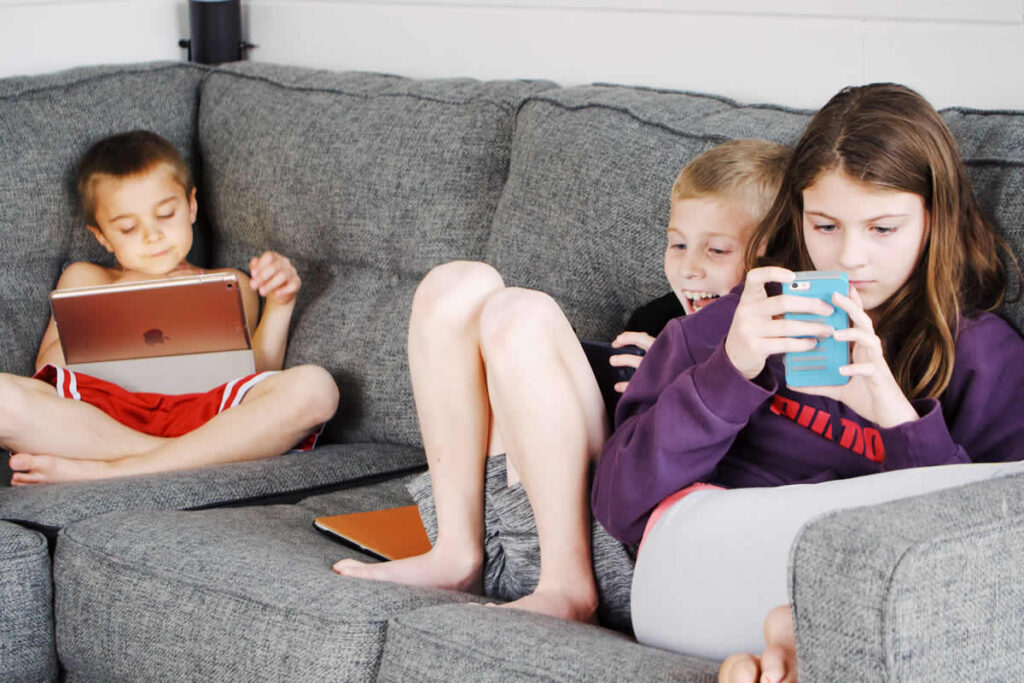
Blue light and its effects on melatonin production represent a critical facet within the broader exploration of “Technology on Sleep.” The screens of our digital devices emit a high proportion of blue light, a wavelength known for its suppression of melatonin—the hormone crucial for regulating our sleep-wake cycles. Exposure to blue light, especially during the evening hours, can interfere with the natural circadian rhythm, signaling to the brain that it’s daytime and inhibiting the onset of drowsiness. Understanding this intricate interplay between blue light and melatonin is paramount in recognizing how our pervasive use of technology, particularly in the hours leading up to bedtime, can disrupt the delicate balance required for a restful night’s sleep. This article will dissect the science behind blue light’s impact on melatonin production, providing insights into mitigating its disruptive influence for improved sleep hygiene.
Social media, notifications, and bedtime habits
Social media, notifications, and bedtime habits constitute a trifecta of digital influences that significantly contribute to the overarching theme of “Technology on Sleep.” The prevalence of social media platforms and the incessant barrage of notifications have reshaped our nightly routines, often encroaching upon the sacred space reserved for rest. The compulsion to check notifications, respond to messages, or engage in scrolling through social feeds before bedtime has become a widespread habit, creating a digital stimuli overload during the crucial wind-down period. This not only extends the time spent on screens but also heightens mental arousal, making it challenging for individuals to disengage and transition into a state conducive to sleep. Unraveling the dynamics of social media, notifications, and bedtime habits is essential in comprehending how these digital behaviors impact our sleep quality, forming a key focus of our exploration into the broader implications of technology on our nightly repose.
Unraveling Sleep Disruptions
Research findings on technology-related sleep disturbances
Research findings on technology-related sleep disturbances illuminate the complex web of interactions encapsulated by the keyword “Technology on Sleep.” A growing body of scientific inquiry has delved into the intricacies of how our digital habits shape our sleep patterns. Studies consistently reveal that excessive screen time, particularly before bedtime, is linked to difficulties falling asleep and experiencing restorative sleep cycles. The disruptive influence of technology on sleep is not limited to adults; research highlights the impact on adolescents and children as well, raising concerns about the long-term consequences for cognitive development and overall well-being. As we unpack these research insights, this article aims to provide readers with a nuanced understanding of the empirical evidence surrounding technology-related sleep disturbances, fostering awareness that is essential for informed decision-making in the digital age.
Understanding the physiological impact on sleep cycles
Understanding the physiological impact of technology on sleep cycles is a crucial dimension of our exploration into the broader theme of “Technology on Sleep.” Our bodies operate on intricate biological rhythms, and the relentless integration of digital devices into our daily lives has introduced a disruptive element. The exposure to screens, particularly emitting blue light, interferes with the secretion of melatonin, disrupting the natural progression of sleep cycles. Additionally, the mental stimulation induced by technology, such as engaging with stimulating content or responding to notifications, can heighten arousal levels, further complicating the delicate dance of transitioning through the sleep stages. This article delves into the physiological intricacies of how technology disrupts sleep cycles, offering readers a comprehensive understanding of the internal processes impacted by our modern digital lifestyle, and providing a foundation for developing strategies to mitigate these effects and foster healthier sleep patterns.
Sleep quality vs. screen time correlation
Examining the correlation between sleep quality and screen time constitutes a pivotal aspect of unraveling the complexities surrounding “Technology on Sleep.” Numerous studies have unveiled a compelling relationship between the duration and nature of screen exposure and the quality of sleep experienced. Prolonged screen time, especially close to bedtime, has been consistently associated with diminished sleep quality, characterized by difficulties falling asleep, frequent awakenings, and overall disruptions in sleep architecture. The keyword “Technology on Sleep” encapsulates this intricate connection, emphasizing the need for individuals to be cognizant of their screen habits and the potential repercussions on the restorative nature of their sleep. This article delves into the empirical evidence behind the sleep quality vs. screen time correlation, shedding light on the nuances of this relationship and offering insights to empower readers in cultivating healthier digital habits for a more restful night’s sleep.
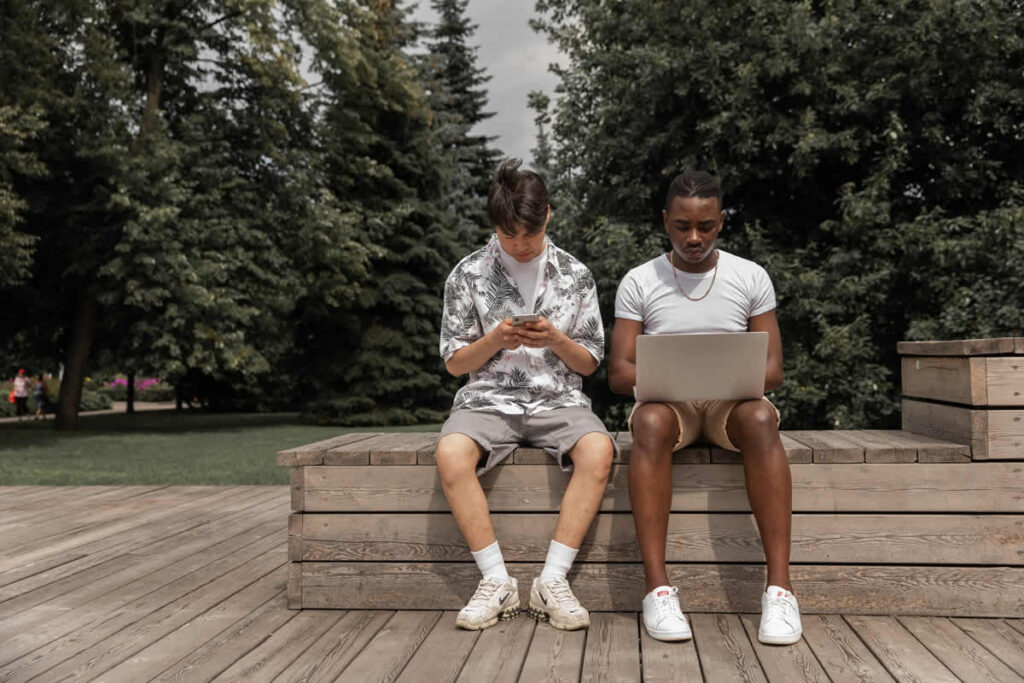
The Positive Side of Tech
Sleep-tracking apps and devices
In the dynamic landscape where technology meets sleep, the emergence of sleep-tracking apps and devices has become a notable development encapsulated by the keyword “Technology on Sleep.” These innovative tools offer individuals unprecedented insights into their nightly routines, providing a comprehensive analysis of sleep patterns, duration, and quality. From wearable devices to smartphone applications, sleep-tracking technology empowers users to monitor their sleep habits, identify trends, and make informed decisions to enhance overall sleep hygiene. By fostering a heightened awareness of individual sleep metrics, these apps and devices bridge the gap between technology and well-being, enabling users to take proactive measures to improve the quality of their rest. This article explores the role of sleep-tracking technology in the context of broader technological influences on sleep, emphasizing how these tools can be harnessed to optimize and personalize one’s approach to achieving a more rejuvenating night’s sleep.
Innovative solutions for improving sleep
Amidst the evolving landscape of technology’s impact on sleep, a ray of hope emerges through innovative solutions designed to enhance our nightly repose, aligning with the overarching theme of “Technology on Sleep.” From smart mattresses that adjust firmness based on sleep positions to calming sleep sound apps, the market is teeming with inventive approaches to tackle sleep challenges. Wearable devices equipped with biofeedback mechanisms allow users to track stress levels and optimize relaxation techniques, while advanced lighting systems simulate natural sunrise and sunset, aiding in regulating circadian rhythms. This article will delve into the realm of these cutting-edge technologies, exploring how they offer unique and personalized solutions for improving sleep quality in an era where the digital and the restful coexist, promising a more harmonious relationship between technology and our pursuit of a good night’s sleep.
Tech interventions for sleep disorders
In the realm of sleep disorders, technology serves as a beacon of promise, offering targeted interventions that underscore the transformative potential within the broader narrative of “Technology on Sleep.” From innovative wearable devices capable of monitoring and addressing sleep apnea to smart pillows equipped with sensors to detect and alleviate snoring, technological advancements are increasingly becoming crucial allies in the battle against sleep disorders. Mobile applications tailored for cognitive behavioral therapy for insomnia (CBT-I) provide users with personalized strategies to reframe negative sleep patterns, promoting healthier sleep behaviors. As we navigate the intersection of technology and sleep disorders, this article will illuminate the diverse array of tech interventions, showcasing their potential to revolutionize the diagnosis, management, and treatment of sleep-related conditions, offering hope for those grappling with the complex landscape of disrupted sleep.
Strategies for a Tech-Savvy Sleep Routine
Establishing a digital bedtime routine
Establishing a digital bedtime routine is a pivotal strategy in mitigating the disruptive influence of technology on sleep, a focus underscored by the keyword “Technology on Sleep.” Recognizing the impact of screens on our circadian rhythm, cultivating intentional habits before bedtime becomes essential for promoting a restful night’s sleep. This involves setting a designated time to disengage from electronic devices, such as smartphones and computers, and embracing calming activities that signal the body and mind to wind down. Incorporating relaxation techniques, like mindfulness meditation or reading a physical book, fosters a gradual transition into a sleep-ready state. By prioritizing a digital bedtime routine, individuals can reclaim control over their pre-sleep environment, mitigating the adverse effects of technology and cultivating a more conducive atmosphere for restorative sleep. This article will delve into the practicalities of crafting an effective digital bedtime routine, offering readers actionable insights to harmonize their technological interactions with the pursuit of a tranquil and rejuvenating night’s sleep.
Reducing screen time before sleep
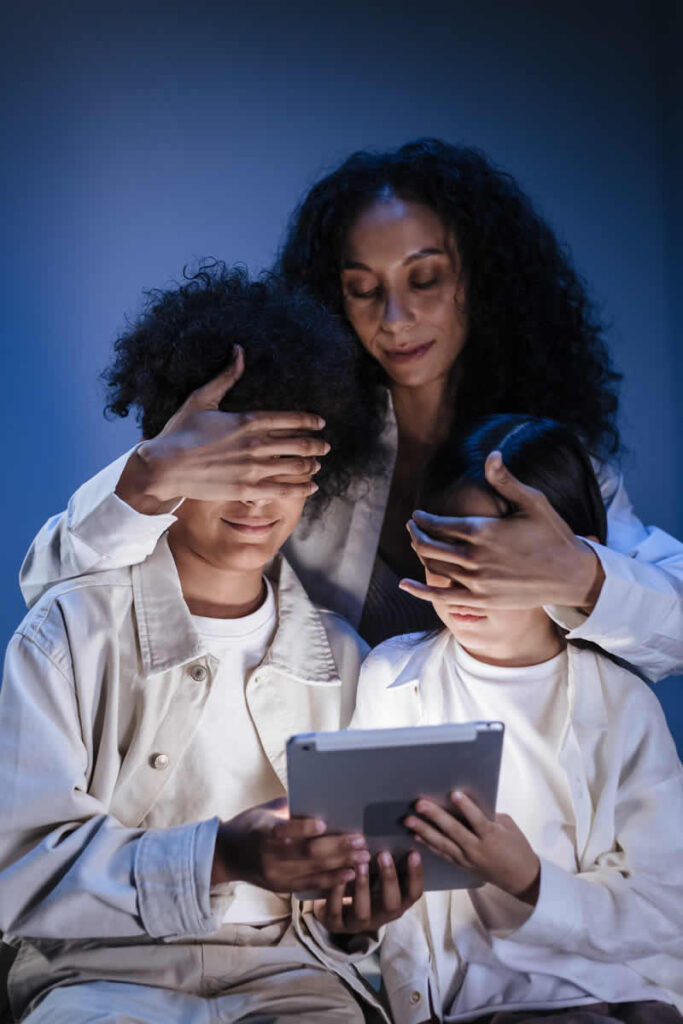
Reducing screen time before sleep emerges as a paramount strategy within the broader context of “Technology on Sleep.” The ubiquity of screens, from smartphones to laptops, has ingrained digital interaction into our daily routines, often extending into the precious pre-sleep hours. The keyword “Technology on Sleep” underscores the importance of recognizing and curbing this pervasive screen usage. Scientific evidence consistently indicates that the blue light emitted by screens interferes with melatonin production, disrupting circadian rhythms and hindering the onset of restful sleep. By consciously limiting screen time in the evening, individuals can mitigate these adverse effects, allowing the body and mind to naturally wind down. This article will delve into the scientific rationale behind reducing screen time before sleep and provide practical tips for cultivating healthier pre-sleep habits, fostering an environment conducive to better sleep quality in the digital age.
Creating a sleep-conducive environment with technology
Crafting a sleep-conducive environment with technology stands as a pivotal approach in the discourse on “Technology on Sleep.” Smart home innovations offer a range of solutions to optimize the bedroom atmosphere and promote more restful nights. From adjustable smart lighting that mimics natural circadian rhythms to temperature-controlling devices that ensure an ideal sleep setting, technology can be harnessed to create an environment tailored to individual sleep preferences. Moreover, white noise machines and sleep-inducing apps provide customizable auditory environments to drown out disturbances. This article will explore the intersection of technology and sleep environments, emphasizing how judicious use of innovative solutions can transform bedrooms into sanctuaries conducive to quality sleep, illustrating the harmonious potential that technology holds in enhancing our nightly rest.
Mindful Tech Consumption
The importance of setting boundaries
Amidst the pervasive integration of technology into our daily lives, establishing and upholding boundaries emerges as a crucial factor in navigating the delicate balance between digital engagement and restful sleep, a focal point encapsulated by the keyword “Technology on Sleep.” The constant accessibility afforded by smartphones and the ever-present allure of screens can encroach upon the boundaries that separate our waking hours from the crucial periods dedicated to rest. Recognizing the importance of setting boundaries entails delineating specific timeframes for digital disengagement, particularly in the hours leading up to bedtime. By doing so, individuals can mitigate the potential disruptions to their sleep patterns caused by the stimulating effects of screens, fostering a healthier relationship with technology and reclaiming the necessary space for rejuvenating sleep. This article will delve into the significance of boundary-setting in the digital age, offering practical insights for readers to establish mindful limits on technology use and prioritize the preservation of their sleep quality.
Implementing tech-free zones in the bedroom
Implementing tech-free zones in the bedroom represents a crucial step in the pursuit of optimal sleep quality, emphasizing the overarching theme of “Technology on Sleep.” The keyword underscores the need to recognize the impact of digital devices on our nightly repose and proactively address it. Designating the bedroom as a sanctuary free from technological distractions fosters an environment conducive to relaxation and rest. By removing smartphones, tablets, and other electronic gadgets from the sleep space, individuals can mitigate the stimulating effects of screens, allowing their minds to unwind and facilitating a smoother transition into sleep. This article will explore the science behind tech-free zones in the bedroom, emphasizing how this intentional separation from technology promotes better sleep hygiene and contributes to the overall well-being of individuals in the digital age.
Promoting digital detox for better sleep
Promoting a digital detox for better sleep becomes a paramount strategy in mitigating the pervasive influence of technology on our nightly repose, aligning with the broader theme of “Technology on Sleep.” This approach emphasizes a conscious and intentional disconnection from digital devices, especially during the hours leading up to bedtime. The keyword underscores the need to recognize and address the potential disruptions caused by constant connectivity. Engaging in a digital detox involves creating dedicated periods of screen-free time, allowing individuals to unwind and disconnect from the overstimulation induced by devices. By prioritizing this intentional break from technology, individuals can break the cycle of late-night screen use, mitigate the impact of blue light exposure, and create a conducive environment for a more peaceful and rejuvenating night’s sleep. This article will explore the importance of digital detox for better sleep, offering practical tips and insights to empower readers in fostering healthier digital habits and reclaiming control over their sleep hygiene in the digital age.
Real-Life Success Stories
Personal experiences of individuals overcoming tech-related sleep issues
Exploring personal experiences of individuals triumphing over tech-related sleep issues provides valuable insights within the broader context of “Technology on Sleep.” The keyword underscores the prevalence and impact of technology on our nightly rest, but real-life narratives offer a beacon of hope. Through firsthand accounts, readers gain a nuanced understanding of the challenges posed by excessive screen time, digital distractions, and the consequences on sleep quality. These narratives illuminate the diverse strategies and coping mechanisms employed by individuals to reclaim control over their sleep hygiene. Whether through intentional digital detox, establishing tech-free bedtime routines, or leveraging innovative solutions, these personal stories showcase the resilience of individuals in navigating and overcoming the modern challenges posed by technology on sleep. This article will delve into these personal journeys, providing inspiration, relatability, and practical takeaways for readers seeking to improve their own sleep amidst the ever-evolving landscape of digital connectivity.
Practical tips from those who have successfully improved their sleep habits
Gleaning practical tips from those who have successfully improved their sleep habits offers a wealth of wisdom in the realm of “Technology on Sleep.” The keyword underscores the pervasive influence of technology on our nightly rest, and the experiences of individuals who have navigated and triumphed over sleep challenges provide actionable insights for others facing similar struggles. From setting intentional boundaries with technology to adopting mindful bedtime rituals and embracing digital detox practices, these firsthand accounts shed light on effective strategies for optimizing sleep hygiene in the digital age. This article will delve into these practical tips, offering readers a collection of proven approaches inspired by real-life successes. By incorporating these strategies into their own routines, individuals can proactively address the impact of technology on sleep and work towards fostering a more restful and rejuvenating night’s sleep.
Conclusion
Recap of the impact of technology on sleep
In recapitulating the impact of technology on sleep, the keyword “Technology on Sleep” encapsulates the multifaceted relationship between our digital lifestyles and the quality of our nightly repose. The ubiquity of screens, the prevalence of blue light emitting devices, and the constant connectivity have collectively ushered in a new era of challenges for sleep hygiene. Scientific research consistently points to disruptions in circadian rhythms, melatonin production, and overall sleep architecture attributed to excessive screen time. This article has navigated through the intricacies of this relationship, exploring the physiological, psychological, and behavioral dimensions. By understanding the nuances of technology’s influence on sleep, individuals can make informed choices, implementing practical strategies to counteract potential disruptions and foster a healthier and more restful sleep routine in the digital age.
Key takeaways and actionable steps for readers
As we draw conclusions on the intricate interplay between technology and sleep, it’s essential to distill key takeaways and provide actionable steps for readers, underscoring the overarching theme of “Technology on Sleep.” The keyword emphasizes the need for a balanced approach to digital integration in our lives. Key takeaways include the recognition of the disruptive impact of screens, the importance of establishing tech-free zones and bedtime routines, and the transformative potential of innovative sleep-tracking devices. Actionable steps involve setting intentional boundaries with technology, implementing digital detox practices, and embracing personal strategies gleaned from the experiences of those who have successfully navigated and improved their sleep habits in the digital age. This article serves as a comprehensive guide, empowering readers to proactively address the challenges posed by technology on sleep and cultivate a mindful and harmonious relationship with the digital landscape for the betterment of their overall well-being.

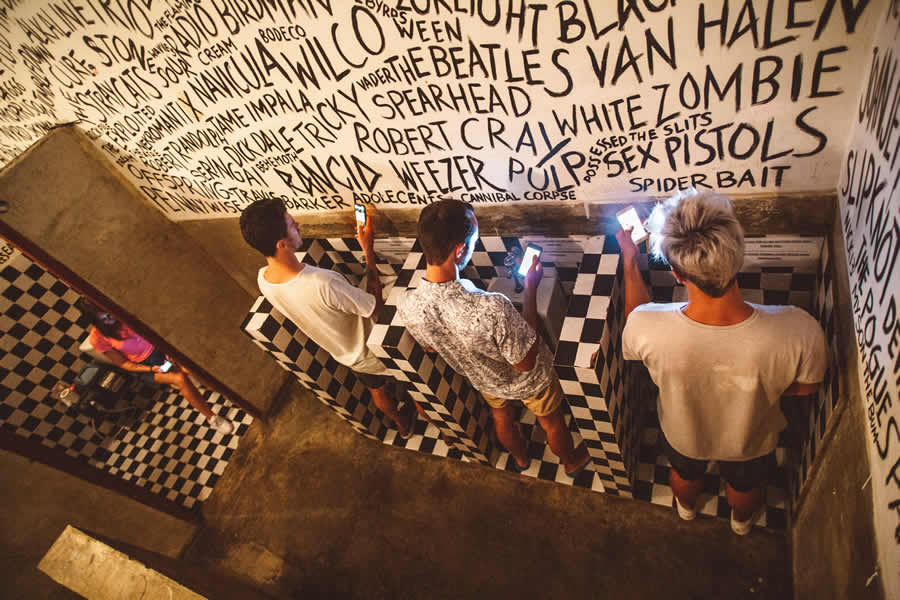


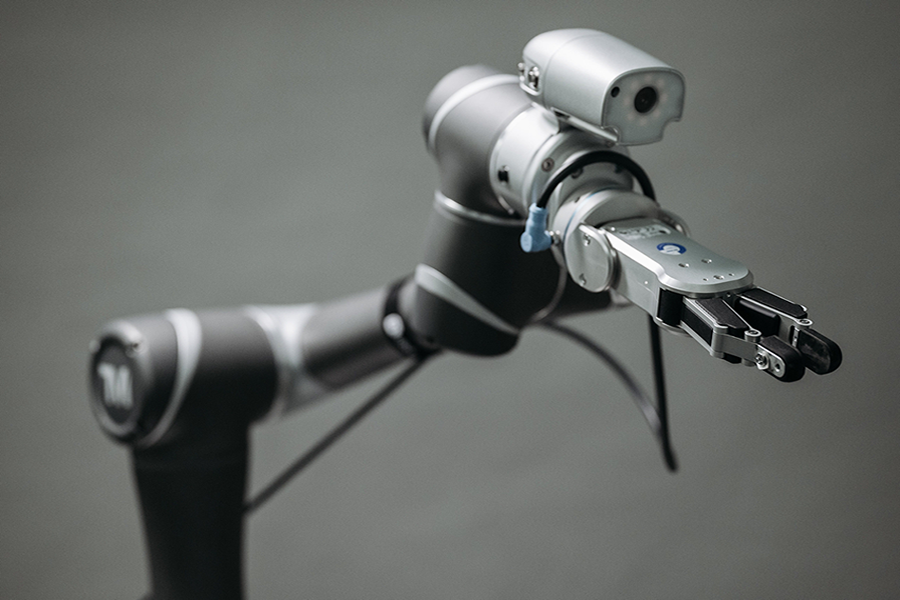
7 Comments
Trying out new slots can be thrilling, especially with platforms like JLJL PH offering immersive games and smooth navigation. Their selection, from Fortune Master to Wild Adventure, really adds depth to casual play.
Just tried Super Ace and loved the mix of luck and strategy-those wilds and free spins really boost the fun. A must-try for slot fans: Super Ace Jili
Great insights on AI’s role in streamlining workflows. AIGO Tools’ AI Plagiarism Checker is a smart solution for content creators who need both efficiency and originality. It’s clear how curated AI directories like this can save professionals time and boost productivity.
The fusion of AI and design tools, like Lovart AI Agent, is redefining creativity-natural language commands streamlining workflows while preserving artistic intent.
I found myself deeply moved by this piece. It’s rare to come across writing that doesn’t just inform but transforms. You’ve taken complex ideas and made them feel not just understandable but important. Reading this, I felt both challenged and comforted — a true testament to the power of your words.
Masterful perspective! The artistic elements you highlight remind me of Sprunki Game‘s unique blend of visual and audio creativity. Sprunki Game transforms music-making into a playful yet profound journey that resonates with creators of all backgrounds. It’s truly a revolutionary approach to interactive sound design!
🧬 Music DNA! Sprunkstard sequences hit-making patterns!